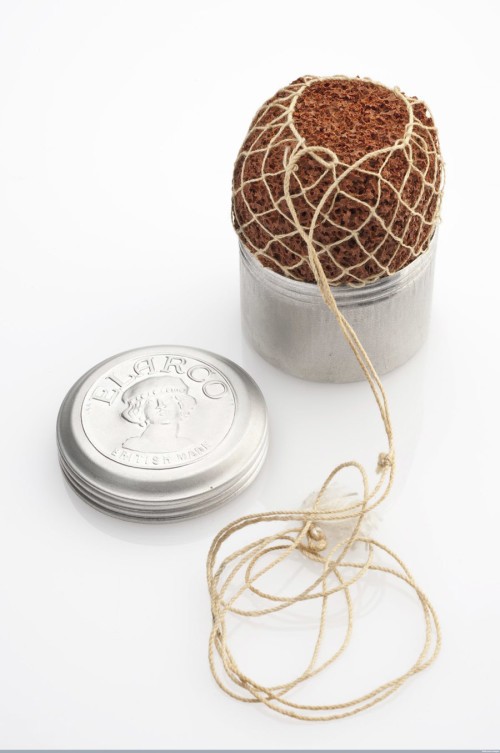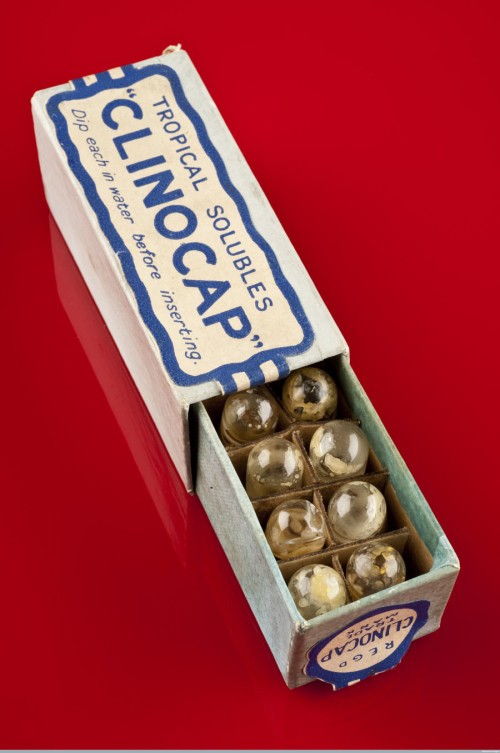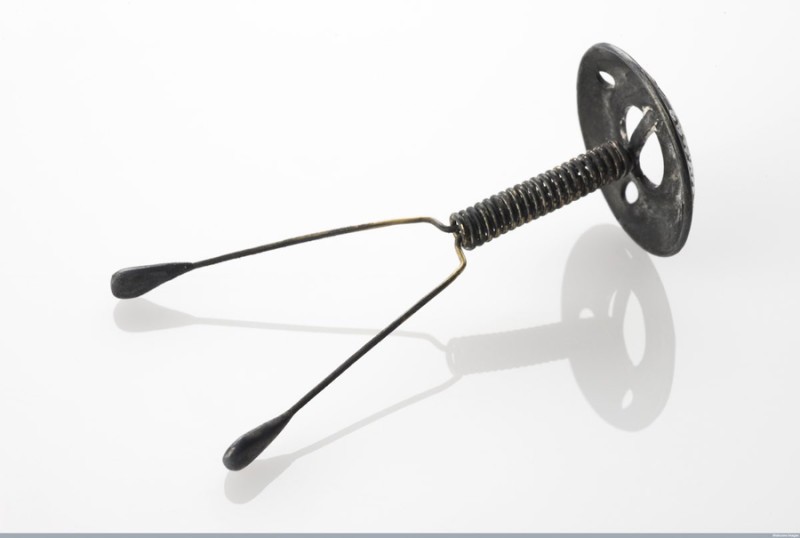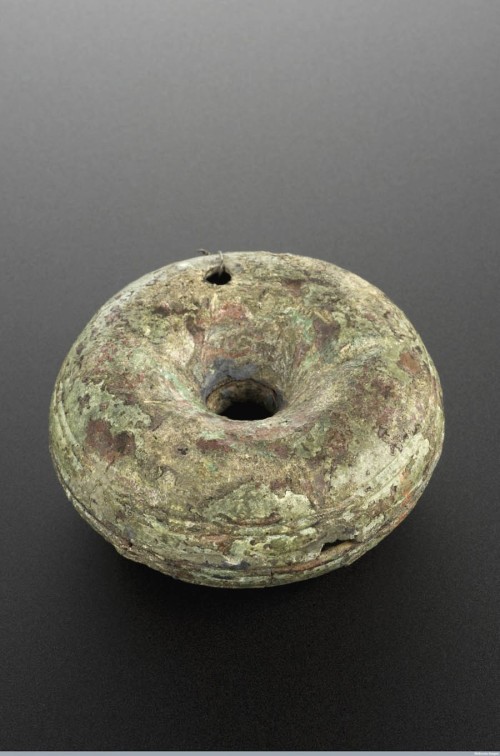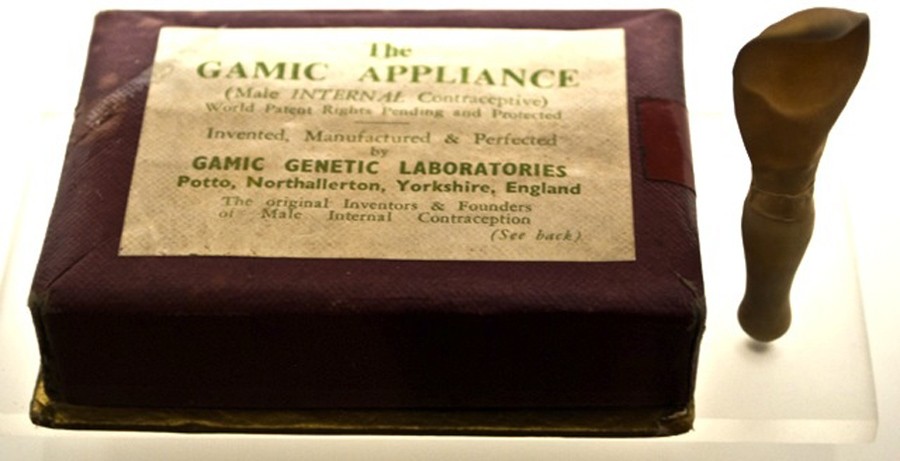People will always want to have sex, but the same cannot be said for the desire to have children. Humankind, in order to prevent unwanted pregnancies, has come up with some pretty terrifying contraptions and ideas. Here are some of the weirdest contraceptive devices and methods through years.
Intrauterine Ring
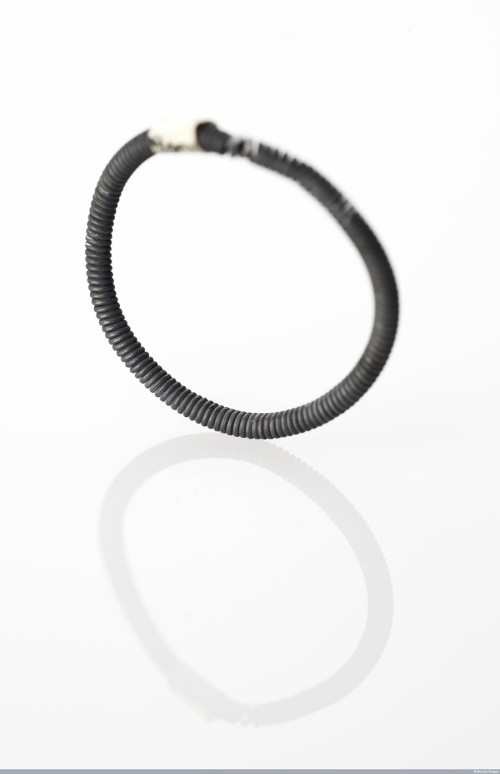
1920s, Intrauterine Ring. German gynecologist Ernst Grafenberg devised this intrauterine device (IUD), which became widely popular. Early examples were made of silkworm gut and silver wire. Source: Science Museum London
Aluminum stem pessary
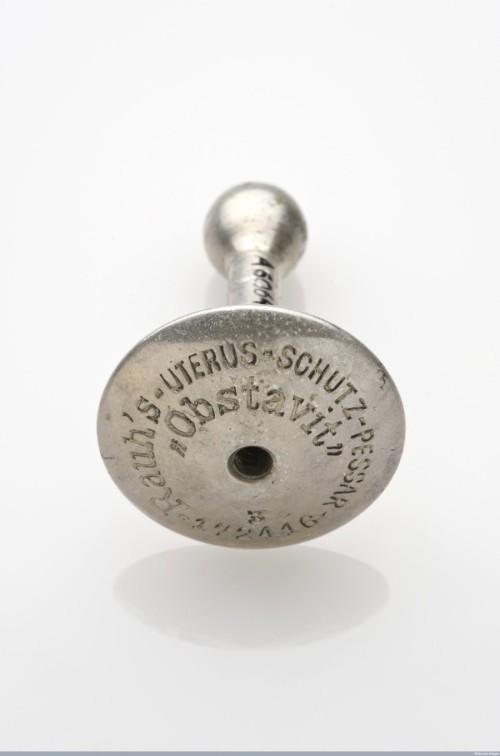
Late 1920s, Aluminum Stem. This aluminum stem pessary was made by German company Rauch. Source: Science Museum London
Stem pessary
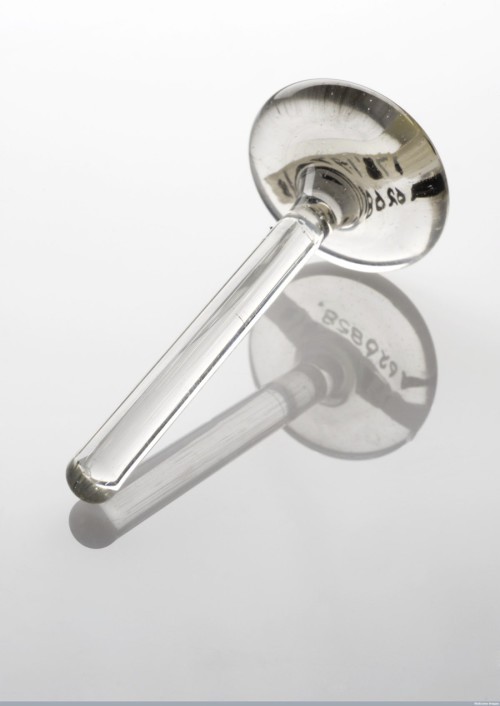
1920, Stem pessary. Stem pessaries were intrauterine devices (IUDs). They consisted of a rubber, metal or glass stem attached to a cup or button in order to hold the stem upright and prevent it from becoming lost in the uterus. This example is made of glass. That’s right–glass in your vagina. Smaller plastic or copper IUDs are still used today. Source: Science Museum London.
Rubber vault cap
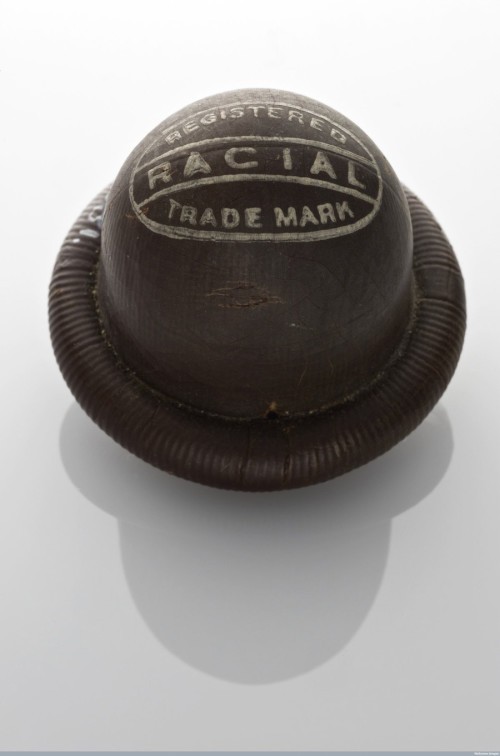
1920, Rubber vault cap. Contraceptive caps are also called cervical, vault, or diaphragm caps. These guys sit over the cervix and act as a barrier to sperm entering the uterus. This “Racial” brand of cervical cap was modified by Dr. Marie Stopes. Source: Science Museum London.
The “Prorace”
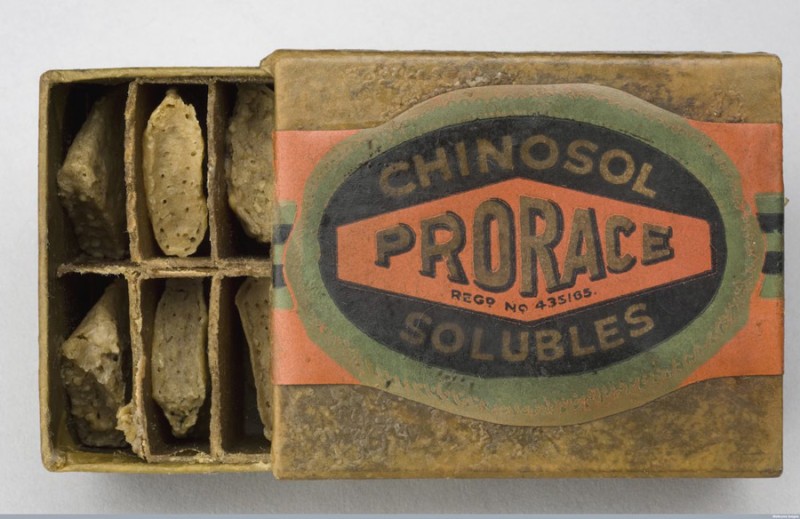
1920s, The “Prorace” brand of contraceptives was developed by Dr. Marie Stopes and distributed by the Mother’s Clinic. These contraceptive pessaries contained spermicides and were used alone or with other contraceptives, such as the cap or diaphragm. The trademarked “Prorace” related to Stopes’ belief in eugenics, and a widely held theory in the early 1900s which argued selective breeding could remove “undesirables” from society. Source: Science Museum London.
Contraceptive Sponge
1910s, Contraceptive Sponge. Sponges were widely used as contraception in the early 1900s. This contraceptive sponge is made of rubber, and such sponges– essentially a cervical blockage–were promoted by the Society for Constructive Birth Control. Source: Science Museum London.
Soluble Spermicides
1925, Soluble Spermicides. These contraceptive pessaries could be dangerous–often the spermicide used was quite harsh, leading to irritation and pain. In any case, they were supplied by the Mother’s Clinic and endorsed by Dr. Marie Stopes. Stopes founded the first of her birth control clinics in Holloway, North London in 192 Source: Science Museum London.
Wishbone Stem
1880, Wishbone Stem. This type of gold wishbone stem pessary is an intra-cervical device (IUC). The flat end of the stem pessary sat against the vaginal wall with a stem protruding into the uterus through the cervix. Not preventing conception, the IUC stops a newly fertilized embryo from implanting and growing in the lining of the uterus. These tools came into use as a contraceptive toward the end of the 1800s. Source: Science Museum London
Bronze Pessary
200 BCE-400 CE, bronze pessary. While pessaries are used in modern medicine to treat a uterus prolapse or provide support to the pelvic floor, when this guy was used, it was meant to block the cervix. The gap allows a rod to be placed through the pessary into the cervix to hold the device in place. While it could remain in place during intercourse, such intercourse would be…painful. Source: Science Museum London.
For men who didn’t want to wear a condom during intercourse, the Gamic appliance was their go-to guy. Existing from 1965 to 1974, the appliance was essentially a urethra plug. Ejaculated semen was supposed to be caught in the sheath, but since the device often found its way into the vagina, this didn’t really end up working out. Nevertheless, Gamic claimed that their plug would uphold something more valuable, being “the permanence and prestige of marriage.” Source: MUVS

